Our skin is constantly evolving as we age, and each life stage brings new challenges and skincare needs. From combating acne in your teens to addressing fine lines in your 40s, a tailored approach is essential for maintaining healthy, vibrant skin. Here’s how your skincare routine should evolve through the decades, with recommendations on Rejûvaskin’s clean, scientifically-backed products to keep your skin radiant and youthful.
Skincare in Your Teens: Balancing Oil and Preventing Acne
During adolescence, hormonal changes can lead to increased oil production and acne. A simple, consistent routine focused on cleansing, exfoliating, and sun protection is key to keeping teenage skin in check.
Scientific Insight: Studies have shown that during puberty, there’s an increase in androgens, which stimulate sebaceous (oil) glands. This leads to an increase in sebum production, which can clog pores and contribute to acne (Zaenglein et al., 2016). It's crucial to maintain a balance with gentle cleansing and targeted treatments.
Key Tips for Teens:
- Cleansing: Use a gentle, non-comedogenic cleanser to remove excess oil without stripping the skin’s natural moisture barrier.
- Sun Protection: Daily application of sunscreen helps prevent sun damage and early signs of aging. Read more about the role of sun protection in anti-aging in our blog on How Sunscreen Helps Fight Aging and Wrinkles.
Skincare in Your 20s: Hydration and Prevention
In your 20s, collagen production is at its peak, but the skin begins to lose moisture and show early signs of damage from environmental stressors. This is the time to focus on prevention through hydration, antioxidants, and sun protection.
Scientific Insight: Research shows that collagen production starts to slow down by 1-2% per year after the age of 25 (Shuster et al., 1975). Additionally, environmental stressors like UV rays and pollution contribute to oxidative stress, accelerating aging (Pillai et al., 2005).
Key Tips for 20s:
- Antioxidants: Incorporating a vitamin C serum can neutralize free radicals caused by UV exposure, which can damage collagen and lead to premature aging (Makrantonaki et al., 2006).
- Hydration: Use a lightweight moisturizer like Rejûvaskin’s Revita-D Facial Moisturizer to maintain hydration and prevent dryness without clogging pores.
Skincare in Your 30s: Focus on Anti-Aging and Repair
By your 30s, collagen production slows significantly, and fine lines may begin to appear. The skin also becomes more susceptible to sun damage and loss of elasticity, requiring a more targeted approach to anti-aging.
Scientific Insight: Collagen depletion is a primary cause of skin aging, with research showing a gradual decline in collagen density starting in the late 20s and early 30s (Ganceviciene et al., 2012). Retinoids, which are derived from vitamin A, are considered the gold standard for boosting collagen production and skin renewal (Mukherjee et al., 2006).
Key Tips for 30s:
- Retinoids: Incorporating a retinoid like Rejûvaskin’s Retinoid Face Serum helps increase collagen production, improve skin texture, and reduce fine lines.
- Moisturizers: With skin becoming drier, switch to a more hydrating formula, preferably with hyaluronic acid and ceramides, to maintain skin moisture and barrier function. Our blog on Top Ingredients to Look for in Skincare Products Based on Your Skin Type delves into the best ingredients for hydration and anti-aging.
Skincare in Your 40s and Beyond: Restore and Strengthen
In your 40s and beyond, skin becomes thinner and loses more elasticity, leading to more pronounced wrinkles and sagging. Hormonal changes, especially in women, can exacerbate dryness and loss of firmness.
Scientific Insight: Estrogen plays a critical role in maintaining skin thickness, moisture, and elasticity. As estrogen levels decrease with age, particularly during menopause, the skin loses collagen and moisture, leading to increased dryness and sagging (Verdier-Sévrain et al., 2006).
Key Tips for 40s+:
- Rich Moisturizers: Switch to richer, emollient-based creams like Rejûvaskin’s Retinoid Eye Cream to target fine lines around the eyes and replenish moisture.
- Collagen-Boosting Ingredients: Look for products with peptides and retinoids, such as the Rejûvaskin Retinoid Duo, to help rebuild collagen and strengthen the skin’s structure.
Clean Skincare for Every Stage
As your skin becomes more delicate with age, it’s essential to use products with clean, gentle ingredients to prevent irritation. Rejûvaskin’s commitment to clean skincare ensures that our products are free from harmful chemicals, making them suitable for even the most sensitive skin. Learn more about the importance of clean ingredients in our blog on Top Ingredients to Look for in Skincare Products.
For those navigating the skin changes brought on by pregnancy, check out our blog on How Pregnancy Affects Your Skin for more information on how to adapt your routine.
Works Cited:
Ganceviciene, R., Liakou, A. I., Theodoridis, A., Makrantonaki, E., & Zouboulis, C. C. (2012). Skin anti-aging strategies. Dermato-Endocrinology, 4(3), 308-319. https://doi.org/10.4161/derm.22804
Makrantonaki, E., & Zouboulis, C. C. (2006). Molecular mechanisms of skin aging: State of the art. Annals of the New York Academy of Sciences, 1067(1), 157-174. https://doi.org/10.1196/annals.1354.019
Mukherjee, S., Date, A., Patravale, V., Korting, H. C., Roeder, A., & Weindl, G. (2006). Retinoids in the treatment of skin aging: An overview of clinical efficacy and safety. Clinical Interventions in Aging, 1(4), 327-348. https://www.ncbi.nlm.nih.gov/pmc/articles/PMC2699641/
Pillai, S., Oresajo, C., & Hayward, J. (2005). Ultraviolet radiation and skin aging: Roles of reactive oxygen species, inflammation and protease activation, and strategies for prevention of inflammation-induced matrix degradation - a review. International Journal of Cosmetic Science, 27(1), 17-34. https://doi.org/10.1111/j.1467-2494.2004.00241.x
Shuster, S., Black, M. M., & McVitie, E. (1975). The influence of age and sex on skin thickness, skin collagen and density. British Journal of Dermatology, 93(6), 639-643. https://doi.org/10.1111/j.1365-2133.1975.tb05113.x
Verdier-Sévrain, S., Bonté, F., & Gilchrest, B. (2006). Biology of estrogens in skin: Implications for skin aging. Experimental Dermatology, 15(2), 83-94. https://doi.org/10.1111/j.1600-0625.2005.00387.x
Zaenglein, A. L., Pathy, A. L., Schlosser, B. J., Alikhan, A., Baldwin, H. E., Berson, D. S., ... & Boyer, K. M. (2016). Guidelines of care for the management of acne vulgaris. Journal of the American Academy of Dermatology, 74(5), 945-973. https://doi.org/10.1016/j.jaad.2015.12.037
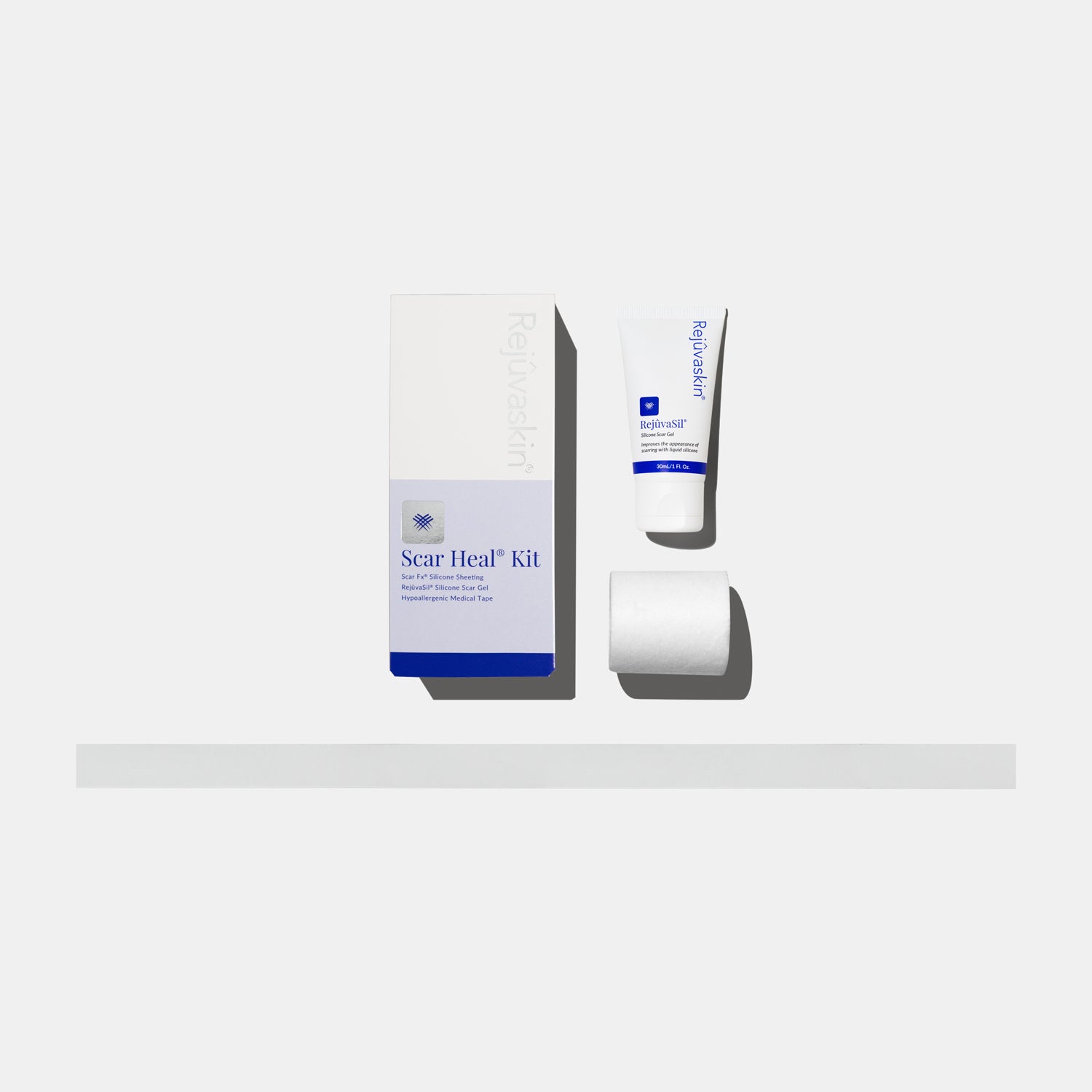


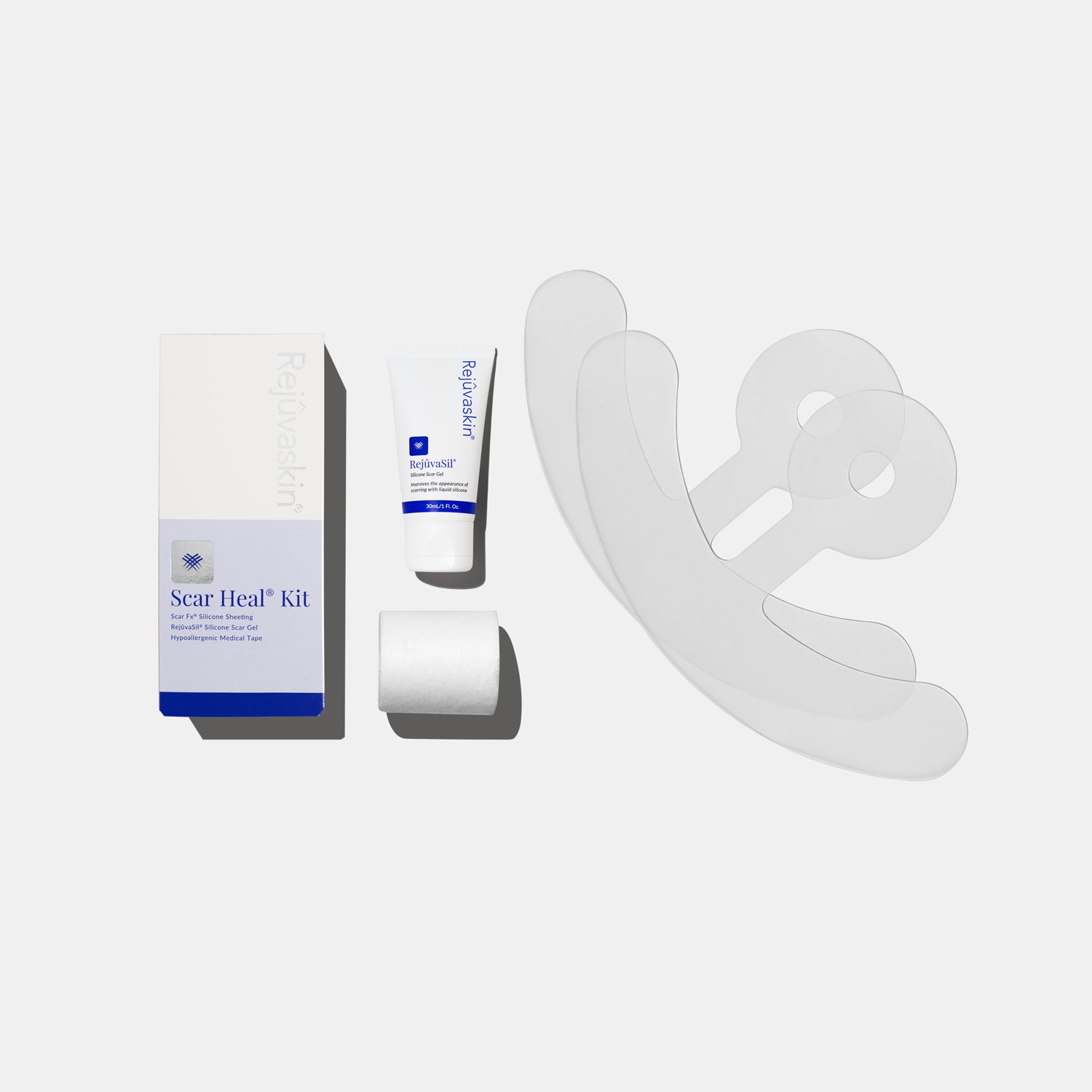
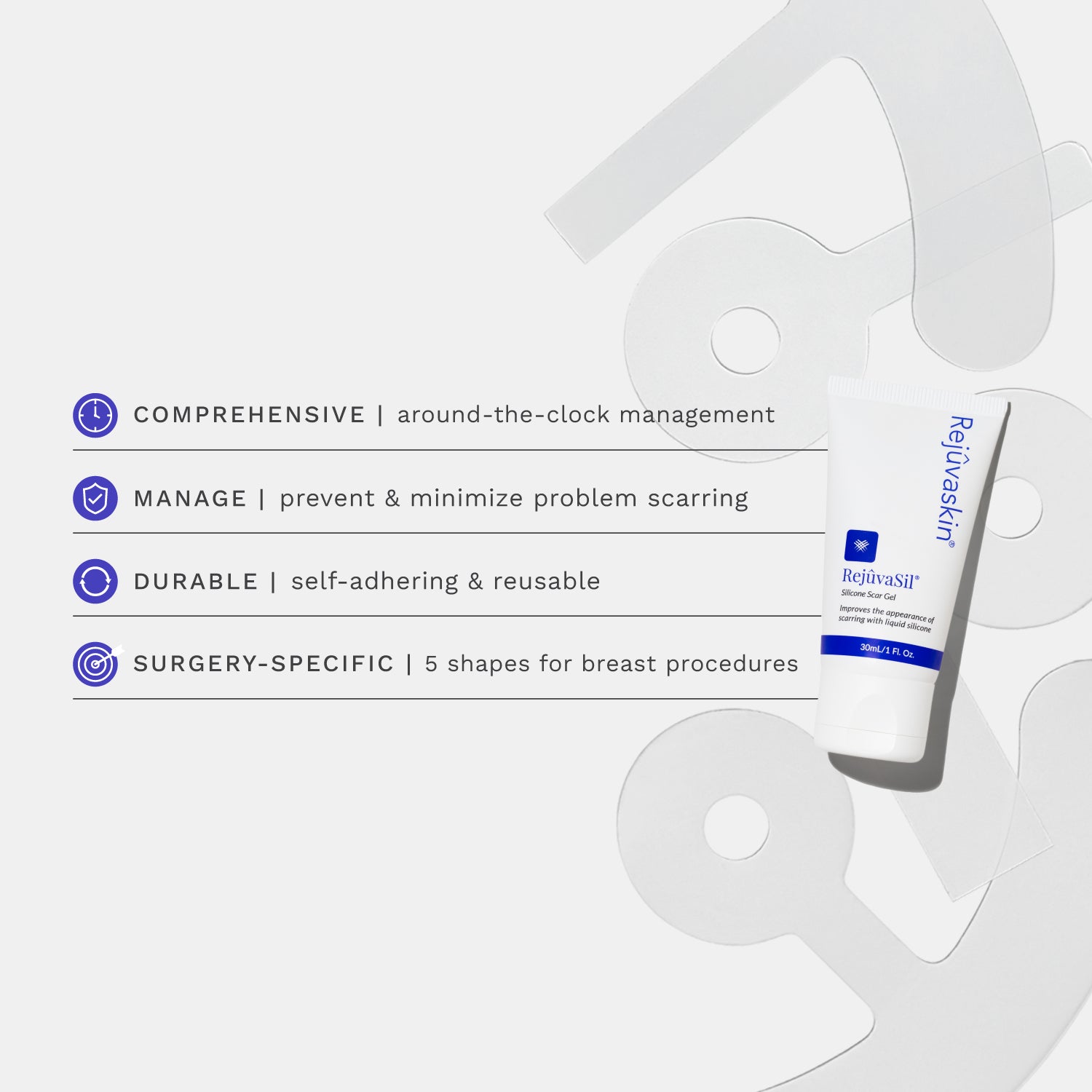
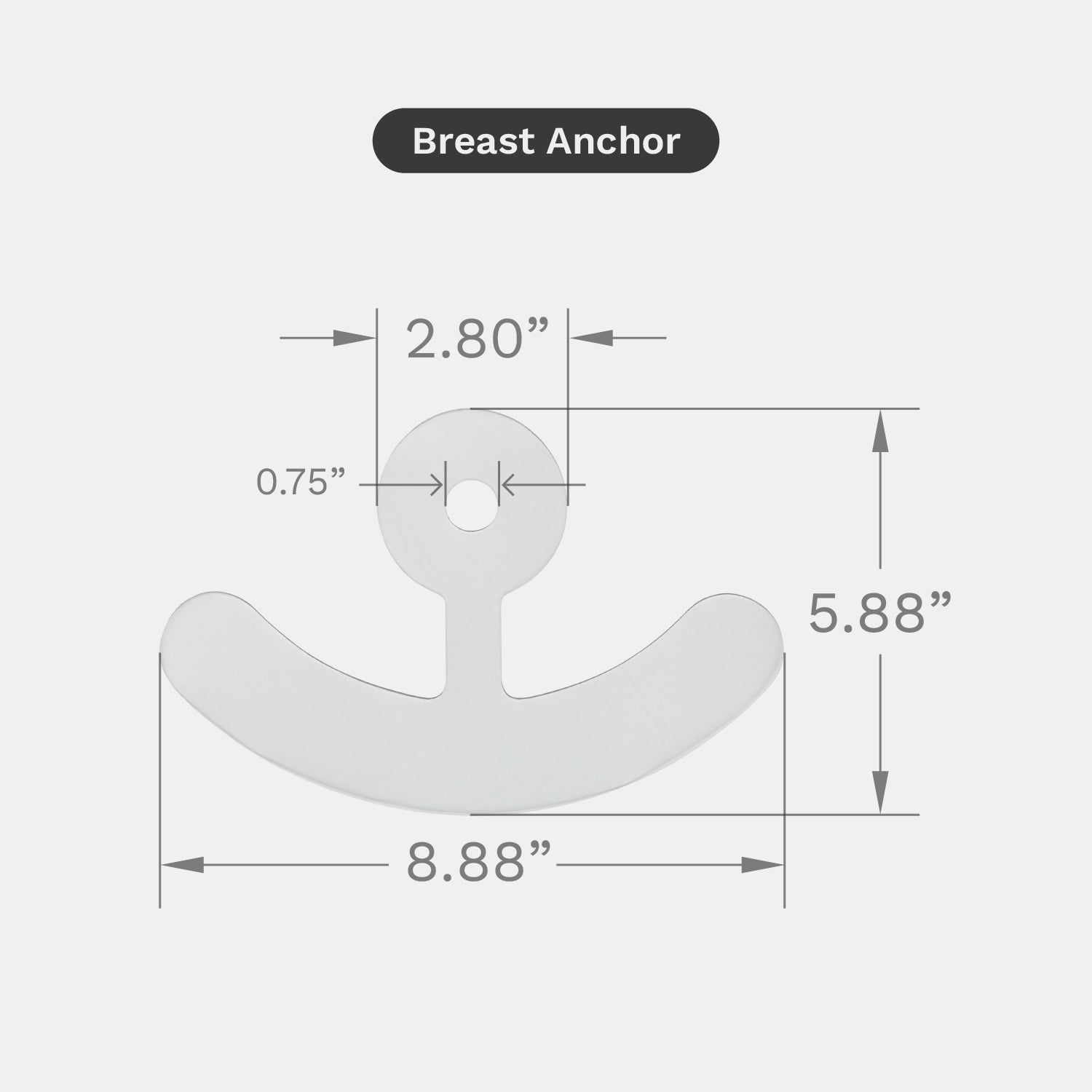
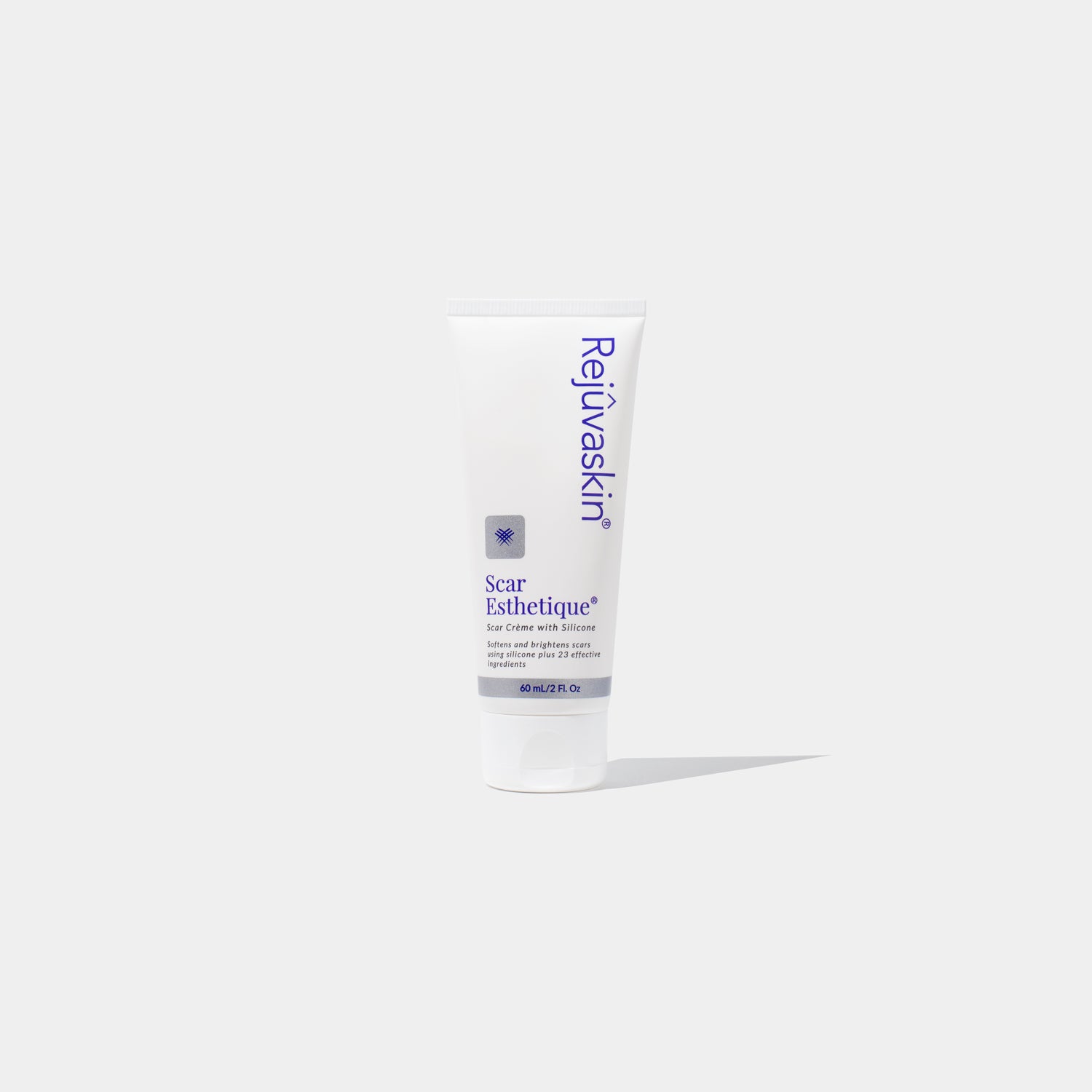
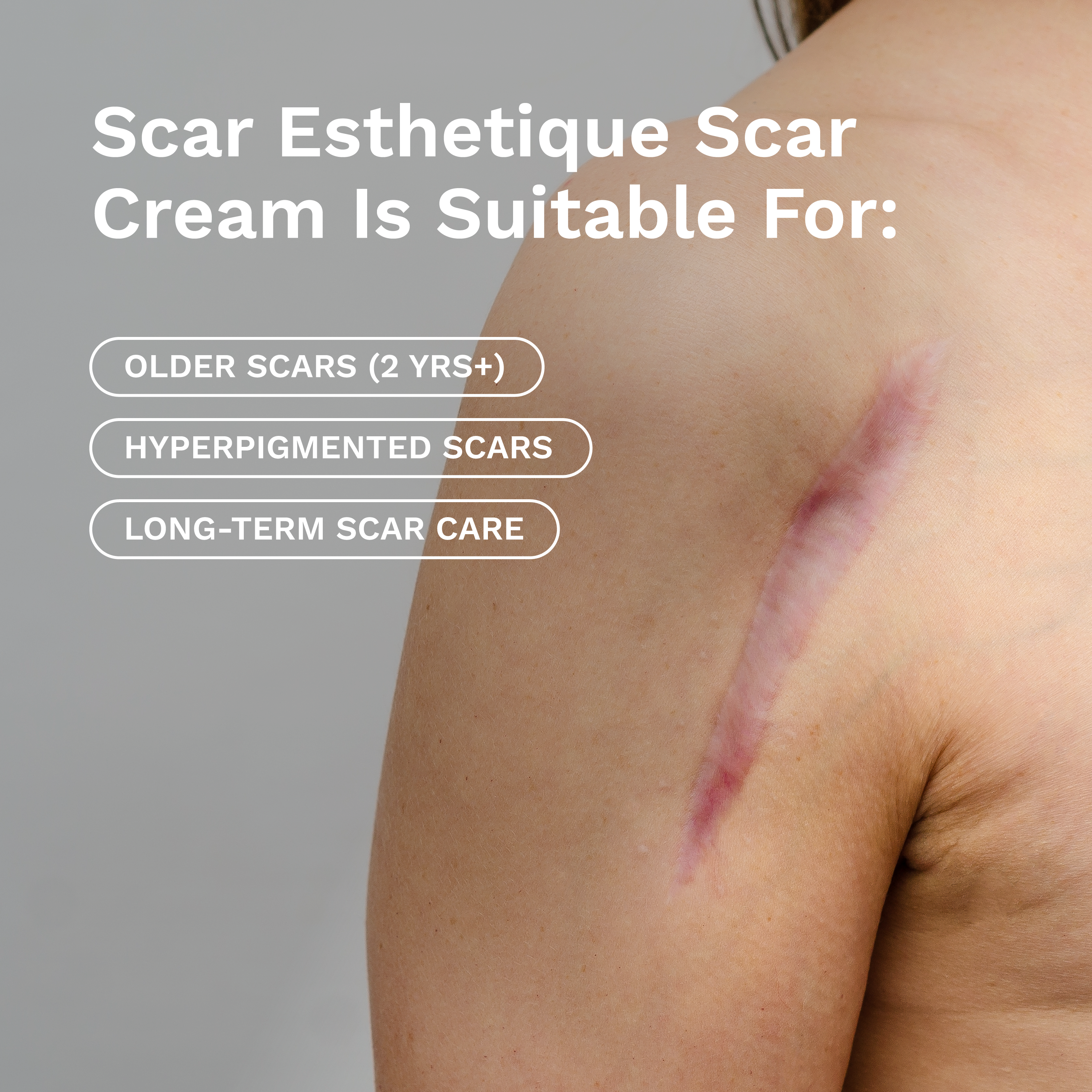








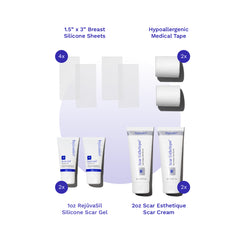
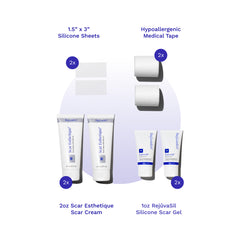

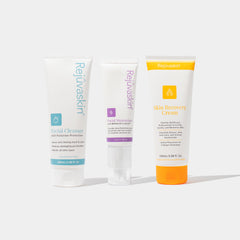

Leave a comment